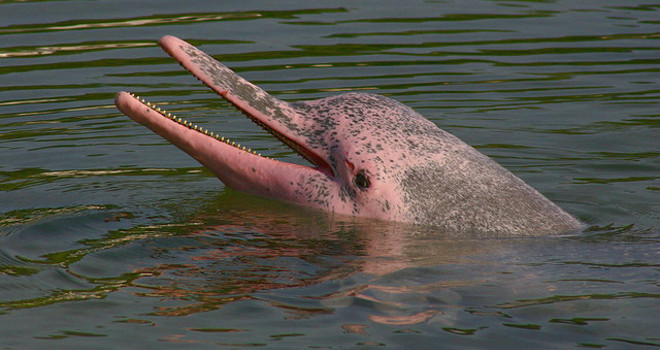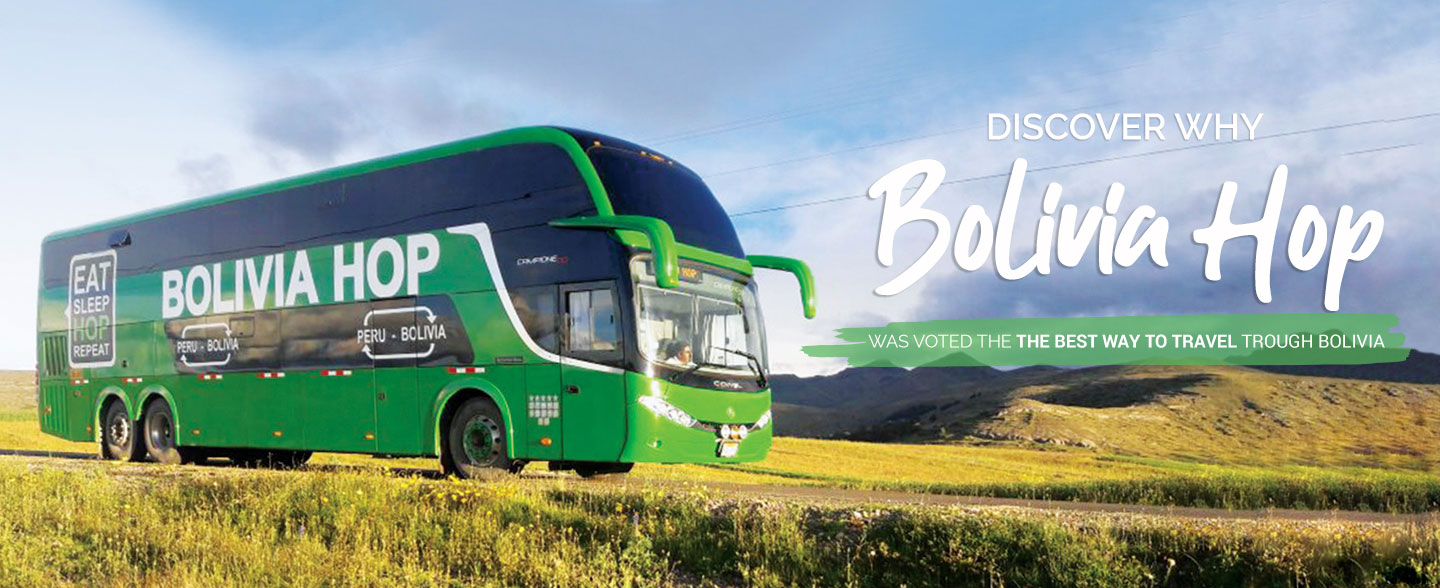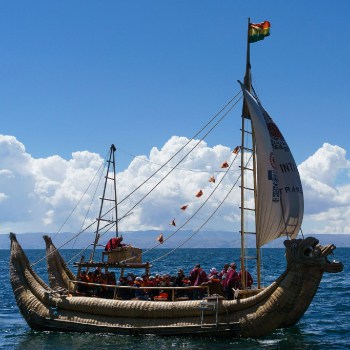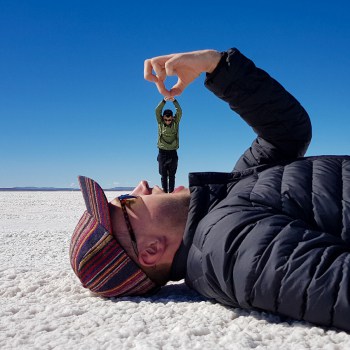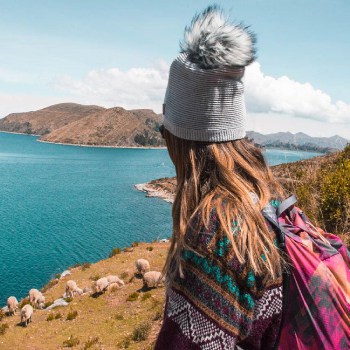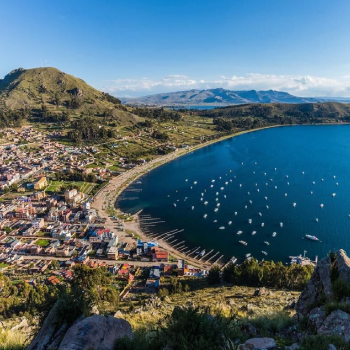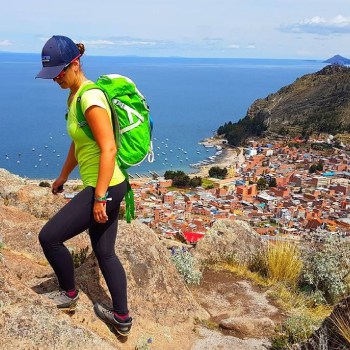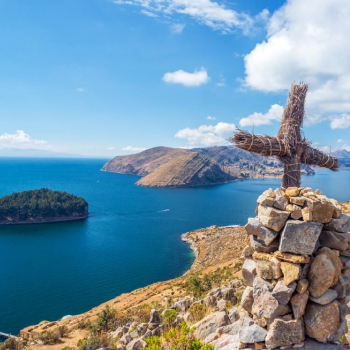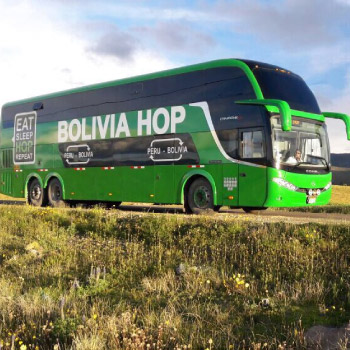Bolivia travel tips
- Bolivia has a variety of tourist attractions for all types of travelers, make sure to plan ahead of time!
- Many travelers continue their journey to Peru. Make sure to check out Bolivia Hop, considered the best way to travel between Bolivia and Peru.
- Nearly everyone visits Bolivia for the Salt Flats. Check out the official Salar de Uyuni website for all the information you’ll need.
- Use FindLocalTrips for information and tours in all of Bolivia. More info here.
- Try not to rush if possible, Bolivia has lots to offer!
#1 – Pink Dolphins of the Amazon
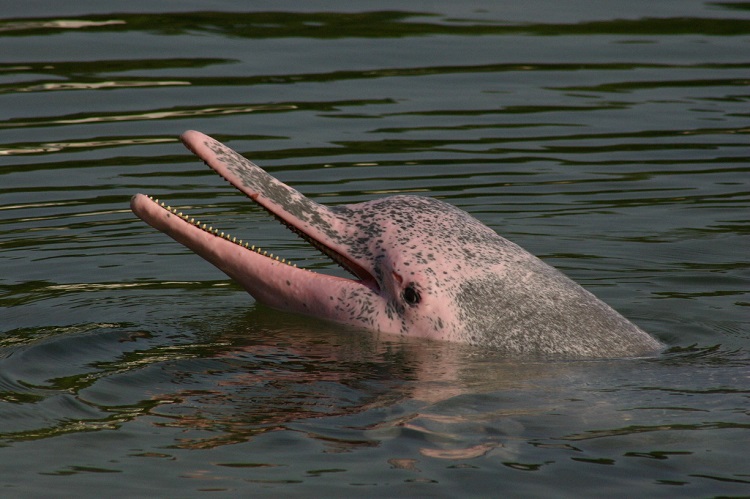
Photo Credit: chem7
In the Amazon, river dolphins (or Inia Geoffrensis) are pink!
The reason for the unique coloration of these dolphins has yet to be established, though possible explanations include the presence of blood vessels near the surface of the skin, age of the dolphin, chemical disposition of the water and the temperature of the water.
Inia Geoffrensis dolphins are considered to be the most intelligent of the word’s five freshwater species, with a brain capacity 40% larger than that of humans. Pink dolphins can bend their head 90 degrees thanks to the unfused vertebrae in their neck, allowing them to easily navigate grassland and shallow waters.
According to one ancient Amazonian legend, come nightfall pink dolphins emerge from the water as handsome young men and seduce the young women. When the sun rises, they resume their original shape and return to the river.
#2 – Biodiversity of Bolivia
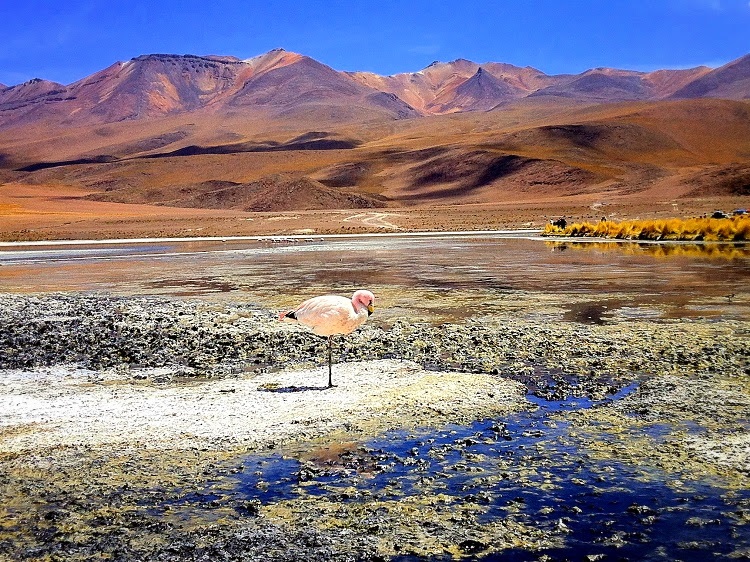
40% of all animal and plant life on the planet can be found in Bolivia
A large range of ecosystems thrive in Bolivia due to the country’s climate and location in the tropics. Madidi National Park alone contains 90 species of bat, 50 species of snake, 300 fish and 12,000 plants.
Bolivia has designated more than 17 percent of its land as protected areas.
#3 – Wet and Wild Weather
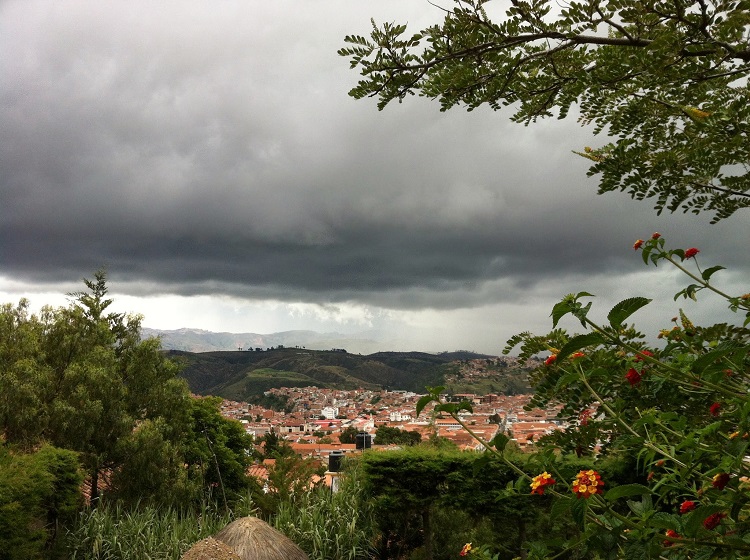
Bolivia has an annual rainfall of over 5 meters, making it one of the wettest countries on the planet.
The rainy season is Bolivia’s summer (November to April) with the climate ranging from humid and tropical to cold and semi-arid depending on the altitude.
#4 – Land of Languages
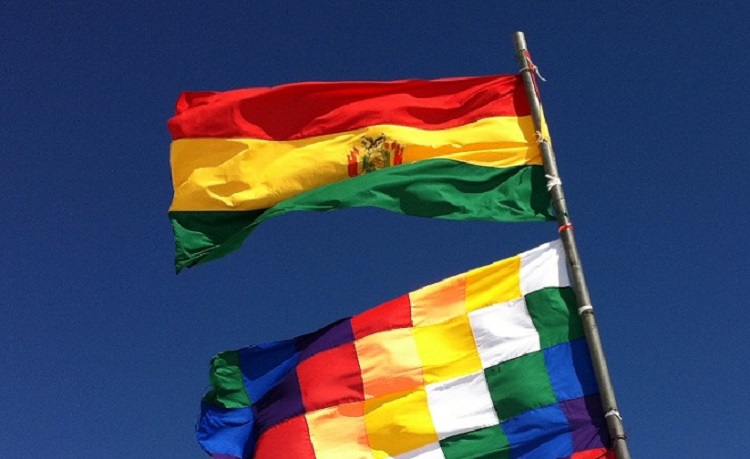
Bolivia has has over 30 official languages.
The most prominent indigenous languages include Quechua and Aymara, while Spanish is the most widely-spoken language in the country.
In the Andes region you will find that Spanish and Quechua are the main languages spoken whereas in the Altiplano around Lake Titicaca, Aymara is the more commonly spoken language.
Bolivian Life Quick Tip:
As voted the best way to travel around Bolivia and Peru, we highly recommend choosing Bolivia Hop as your means of transport. Passengers have the freedom to explore independently with Bolivia Hops flexible service, allowing for a unique and personal experience!
#5 – Highest Lake in the World
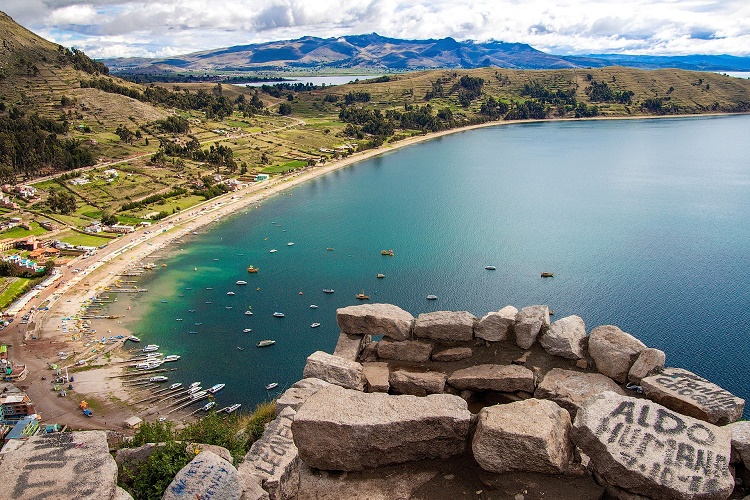
Bolivia has (half of) the highest navigable lake in the world.
Lake Titicaca, located on the western part of Bolivia and the south eastern part of Peru, sits at 3,810 meters (12,383 ft) above sea level and is the largest freshwater lake in South America.
Titicaca is also one of the deepest lakes in the world with its greatest depth recorded at 280 meters (920 ft).
#6 – Catholicism and Pachamama
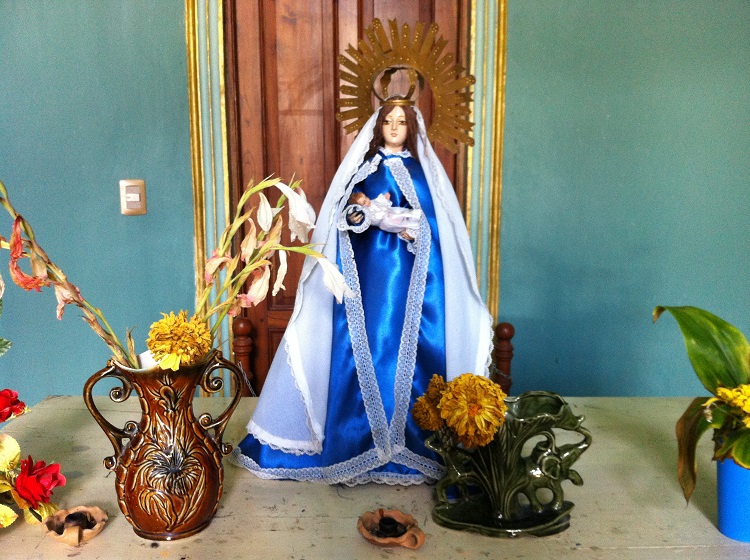
Nearly 80% of the Bolivian population are Roman Catholics.
Pre-Christian beliefs and spiritual traditions are still upheld among the indigenous population, however these are often practiced parallel to the Catholic religion.
There is also a small, but prevalent Protestant movement found throughout Bolivia.
#7 – Salty Surroundings
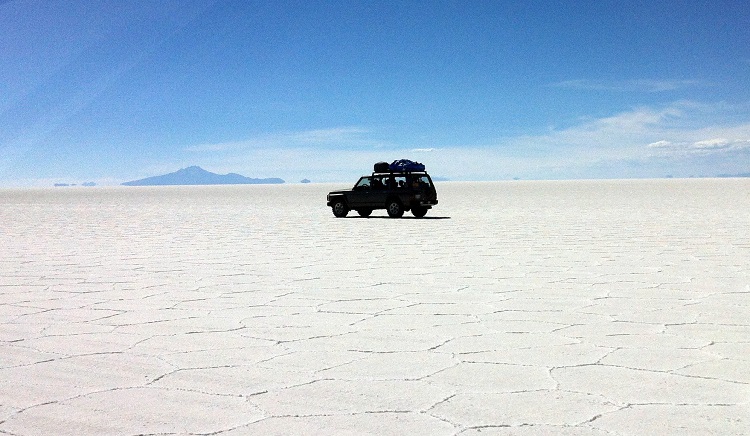
Salar de Uyuni is the world’s largest salt flat and one of Bolivia’s most popular tourist destinations.
With a measurement of 10,582 km2 (4,086 miles2), Salar de Uyuni contains over 64 million tons of salt making it the largest deposit of salt on the planet.
When it rains a thin layer of water is formed on the salt flat creating a reflective surface, thus making it the world’s largest natural mirror.
#8 – Landlocked Country
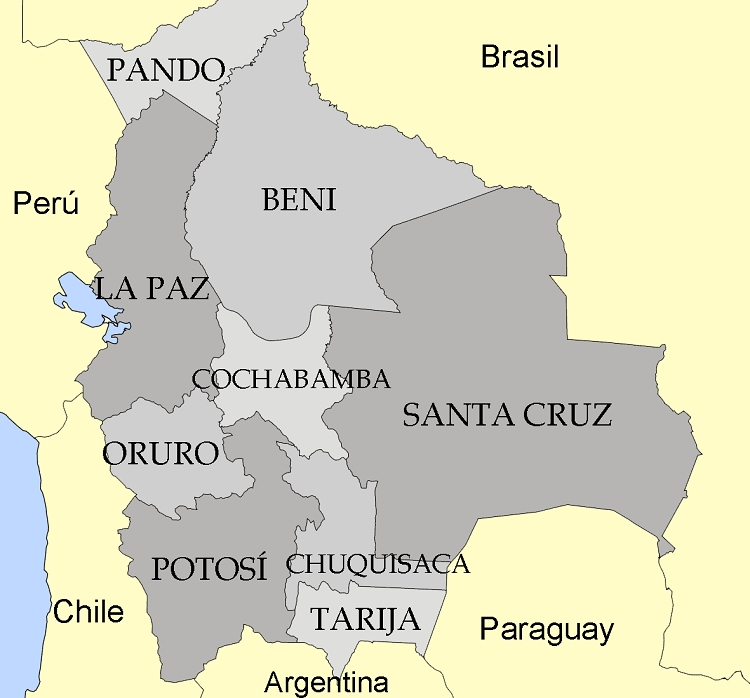
Bolivia is one of the two landlocked countries in South America, but it wasn’t always that way. Bolivia used to extend to and include a large section of South America’s Pacific coast, until defeat in the War of the Pacific (1879-83) saw this territory fall into Chilean hands.
Today Bolivia comprises a total area of 1,098,580 square km (424,164 square miles) and has borders with Argentina, Brazil, Chile, Paraguay and Peru.
#9 – City Heights
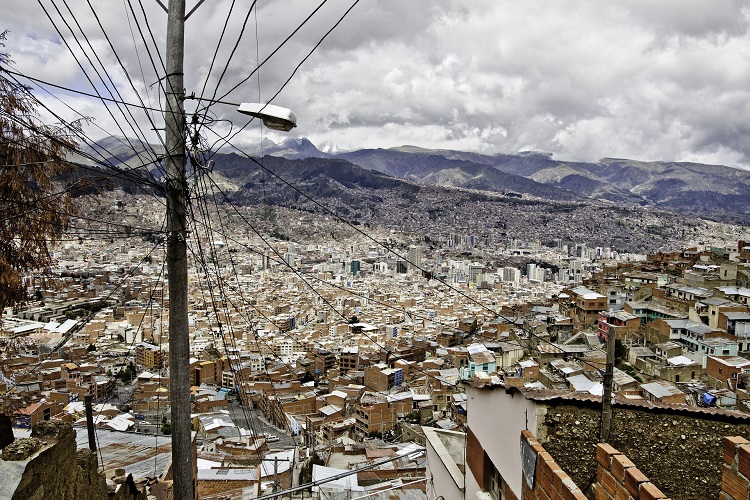
Bolivia is home to two of the highest cities in the world.
Potosí, known for its silver mines and economical importance, sits at an altitude of 13,420 ft (4,090 m), while El Alto (a fast-growing city adjacent to La Paz) claims the prize for ‘highest administrative city in the world’ at an altitude of 13,615 ft (4,150 meters).
#10 – Precious Gems
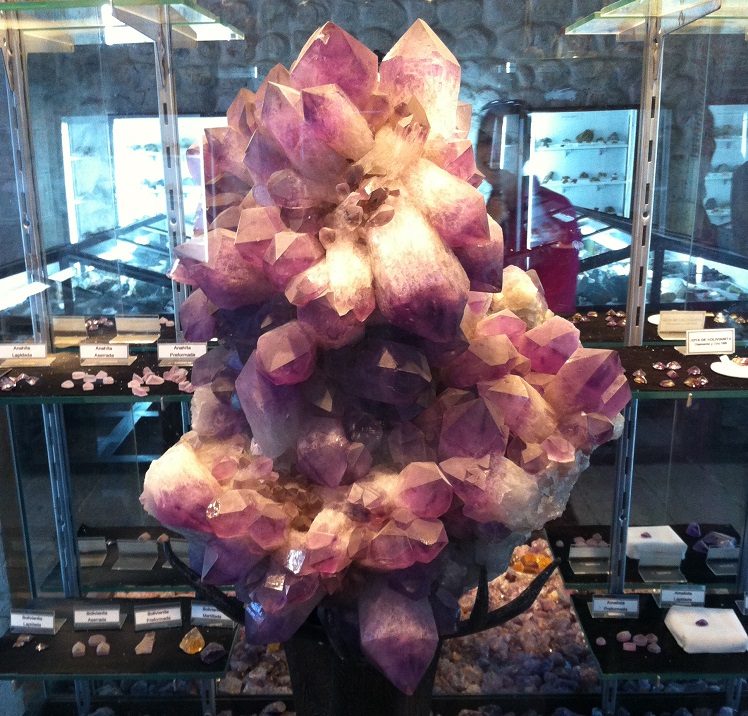
Bolivia is one of the few places in the world where you can mine Ametrine.
Also referred to as Golden Amethyst, Trystine or Bolivianite, the precious stone is formed when citrine and amethyst combine.
Ametrine is yellow and purple in color and usually hexagonal in shape. Because of the gem’s natural combination, no two crystals are ever alike.

